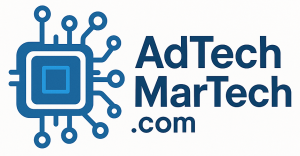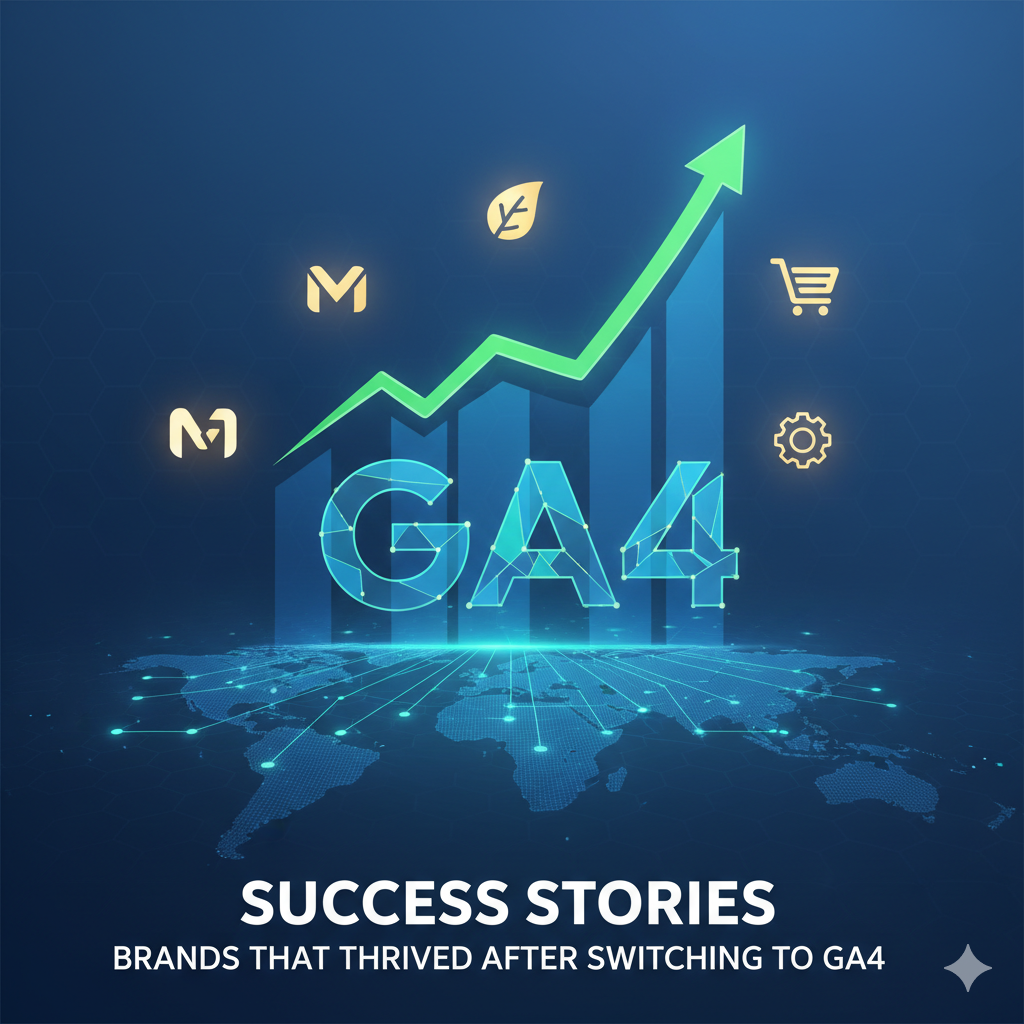In today’s competitive market, understanding your customers is more critical than ever. Effective customer segmentation can lead to targeted marketing efforts, improved customer satisfaction, and increased sales. With a myriad of customer segmentation tools available, selecting the right one can be daunting. This article aims to provide a comparative review of popular customer segmentation tools based on features, ease of use, integration capabilities, and pricing.
Why Customer Segmentation is Important
Customer segmentation divides a customer base into smaller groups based on shared characteristics. This practice allows businesses to tailor their strategies more effectively, leading to enhanced customer experiences and improved operational efficiency. When you segment your customers, you can focus your marketing efforts, optimize resource allocation, and create personalized experiences that resonate with distinct audience segments.
Key Features to Consider
When choosing a customer segmentation tool, consider the following features:
- Segmentation Criteria: Look for tools that allow segmentation based on various criteria—demographic, psychographic, behavioral, and geographic factors.
- User Interface: A user-friendly interface is essential for quick adoption and usability within your team.
- Integration Capabilities: Ensure the tool can integrate with your existing Customer Relationship Management (CRM), e-commerce, and marketing platforms.
- Data Analytics and Visualization: Advanced analytics capabilities can help you interpret complex data, while visualization ensures that insights are easily digestible.
- Support and Resources: Comprehensive customer support and training resources can significantly reduce the learning curve associated with new tools.
Comparative Review of Popular Customer Segmentation Tools
1. HubSpot
Overview: HubSpot is a widely-used marketing platform that offers robust segmentation capabilities.
- Features: CRM integration, demographic and behavioral data segmentation, intuitive visual workflows.
- Ease of Use: Highly intuitive for beginners, with a manageable learning curve.
- Integration: Seamlessly integrates with numerous tools, including analytics and social media platforms.
- Pricing: Offers a free tier, with premium plans starting at $50/month.
Best For: Small to medium-sized businesses looking for an all-in-one solution.
2. Segment
Overview: Segment provides a customer data platform that helps to collect, unify, and segment customer data.
- Features: Real-time data collection, strong API capabilities, powerful data unification.
- Ease of Use: Slightly more complex, requiring a technical setup for optimal use.
- Integration: Extensive integrations with numerous marketing and analytics tools, making data flow seamless.
- Pricing: Custom pricing; typically more expensive than basic tools.
Best For: Enterprises needing a powerful data collection tool with advanced integration capabilities.
3. Salesforce Marketing Cloud
Overview: This is a leading marketing tool known for its robust capabilities in customer segmentation and engagement.
- Features: Predictive intelligence, advanced analytics, and multi-channel campaign management.
- Ease of Use: Complex interface; requires time to master.
- Integration: Integrates well with Salesforce’s broader ecosystem and third-party tools.
- Pricing: Higher price point, often starting in the thousands per month.
Best For: Large enterprises focusing on multi-channel marketing.
4. Klaviyo
Overview: Primarily an email marketing platform, Klaviyo offers powerful segmentation features for e-commerce businesses.
- Features: Behavioral segmentation, predictive analytics, and extensive A/B testing options.
- Ease of Use: User-friendly, especially for those familiar with email marketing.
- Integration: Works well with major e-commerce platforms like Shopify and WooCommerce.
- Pricing: Free for up to 250 contacts, with scalable paid plans based on contact size.
Best For: E-commerce businesses looking for targeted email marketing solutions.
5. Retently
Overview: Focused on customer feedback and engagement, Retently helps businesses segment customers based on satisfaction metrics.
- Features: Net Promoter Score (NPS) tools, customer feedback surveys, and loyalty tracking.
- Ease of Use: Simple setup and use, with clear dashboards for tracking customer sentiment.
- Integration: Works well with CRMs and other marketing platforms.
- Pricing: Plans start at around $49/month.
Best For: Businesses focused on improving customer satisfaction and loyalty.
Making the Right Choice
Choosing the right customer segmentation tool ultimately depends on your specific business needs, size, and budget. Here are some considerations to help you decide:
- Assess Your Needs: Identify whether you need basic segmentation or advanced analytics.
- Evaluate Budget: Determine how much you are willing to invest in customer segmentation tools.
- Test Before You Commit: Take advantage of free trials to assess usability and effectiveness.
- Consider Future Needs: Choose a tool that can scale with your business.
Conclusion
Customer segmentation tools can significantly enhance your marketing efforts and drive business growth. By understanding the unique features and capabilities of various tools, you can select one that aligns with your objectives and customer needs. Remember, the right fit will empower you to understand your audience better, create personalized experiences, and ultimately boost customer satisfaction and loyalty.









